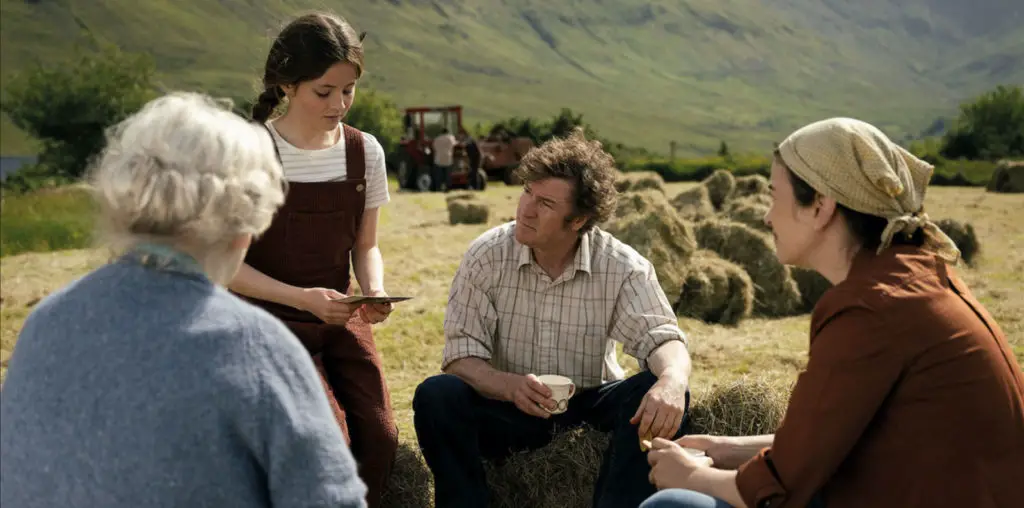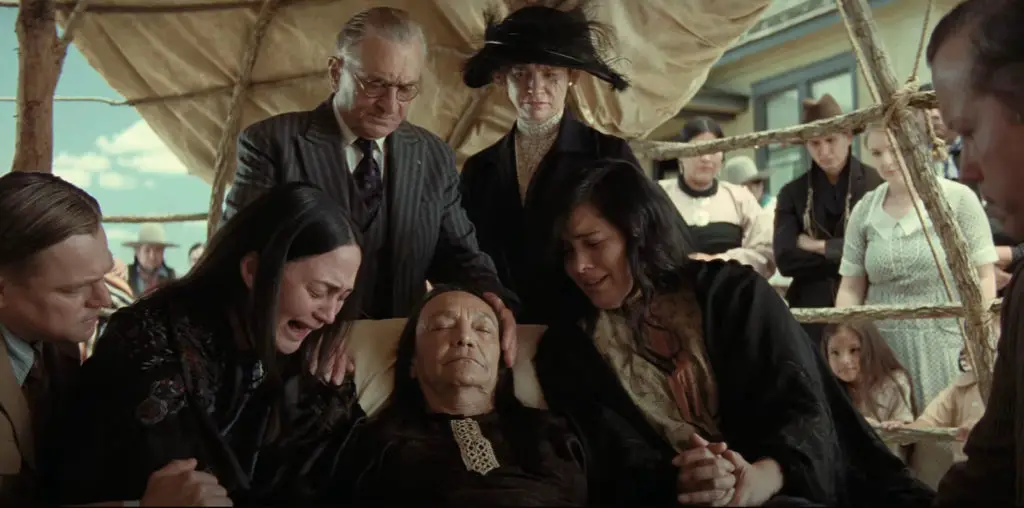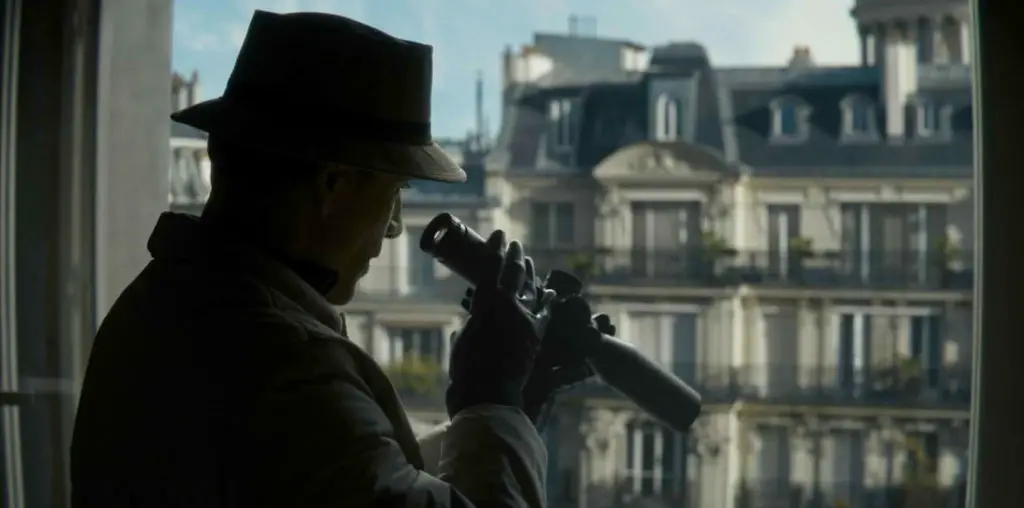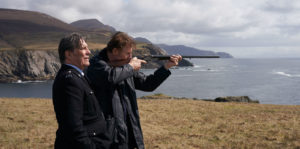
During the opening act of In the Land of Saints and Sinners, seasoned hitman Finbar Murphy (Liam Neeson) reveals he is hanging up his spurs. When his handler Robert (a perversely genial Colm Meaney) asks what he will do instead, Finbar shrugs and suggests gardening. We don’t know if he’s joking, but there is some pretty savage humor in this line. His modus operandi when killing is to make his victims carry nursery trees to the graves they are forced to dig.
The grove caused by his killings is extensive, growing and blending into an existing pine forest as a wickedly clever camouflage. It is emblematic of the terrible amount of blood Finbar has on his hands and is a sad allegory for the ‘disappearances’ that marked the times.
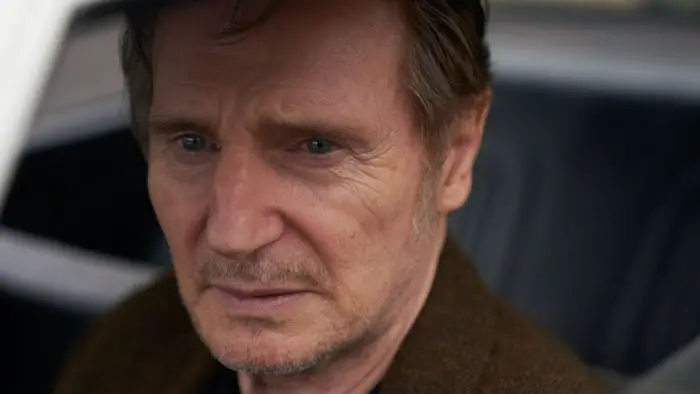
“…gives the impression of being broken by his wife’s death, long misled into a life that doesn’t reflect who he is, despite his deadly proficiency…”
Director Robert Lorenz’s film is set in 1974 when The Troubles in Northern Ireland ran white hot. Leeson’s widower Finbar is outwardly a peaceful man in the Donegal village where he lives, a rumpled pipe smoker and best friends with the local Gard (Ciarán Hinds), of all people. He has managed somehow to keep his wicked profession a secret. When Finbar asks Robert to hand his future jobs to Kevin, a young psychopath played beautifully by Jack Gleeson (Joffrey from Game of Thrones), one expects the film to lean into the well-worn groove of murderous organizations resisting their member’s departures, with Kevin perhaps being sic’ed on Finbar to tidy loose ends. But the plot takes an unexpectedly rich, Conradian turn. A frazzled IRA gang moves nearby to lie low after a botched car bombing in Belfast, and Finbar discovers the gang leader’s brother Curtis (Desmond Eastwood) is abusing a little girl. He takes up his antique shotgun for one last clandestine hit.
The script by Mark Michael McNally and Terry Loane does a terrific job of depicting western Ireland with the same beats as an American Western, with a wealth of detail, solid characterization, and wry dialogue. The drama is nicely illuminated by the production designs of Derek Wallace, injecting a believable grain into its setting of crappy bungalows and tiny, sunless villages.
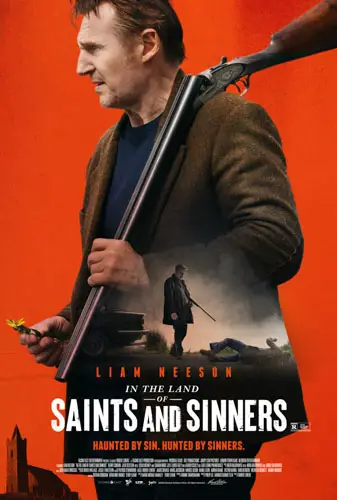
"…treading expertly around a pretty disastrous chapter in Anglo-Irish history"
